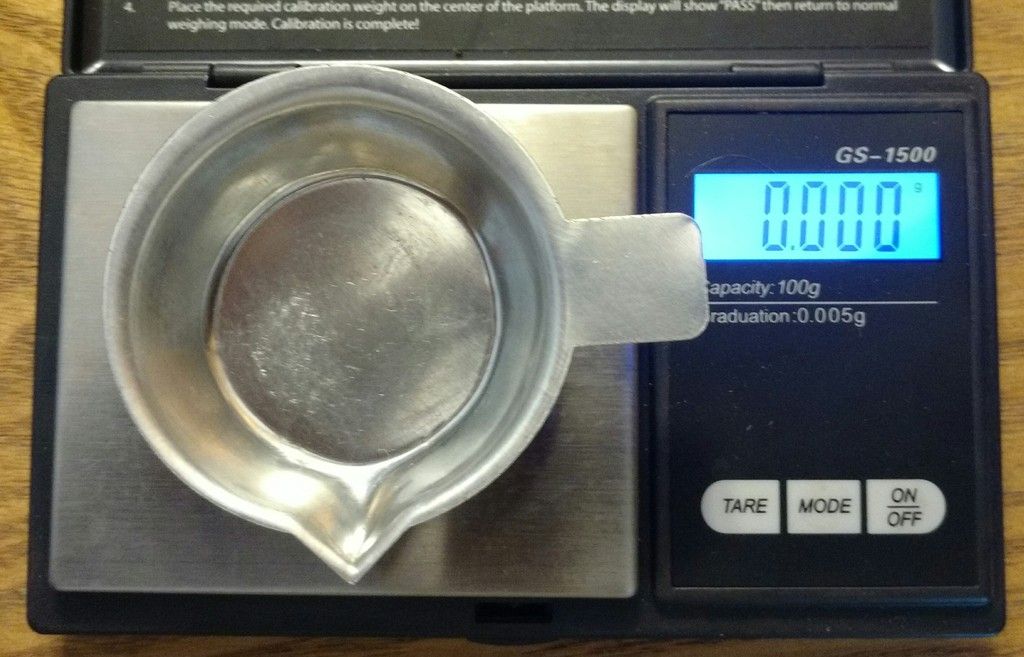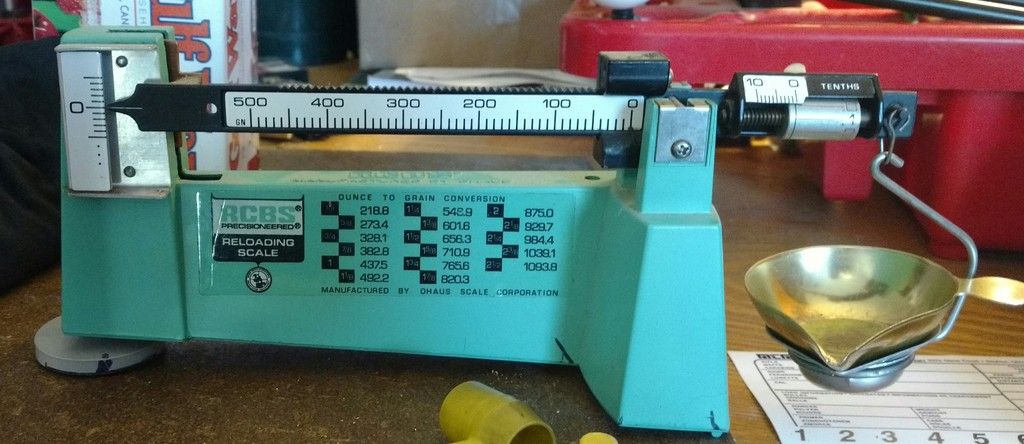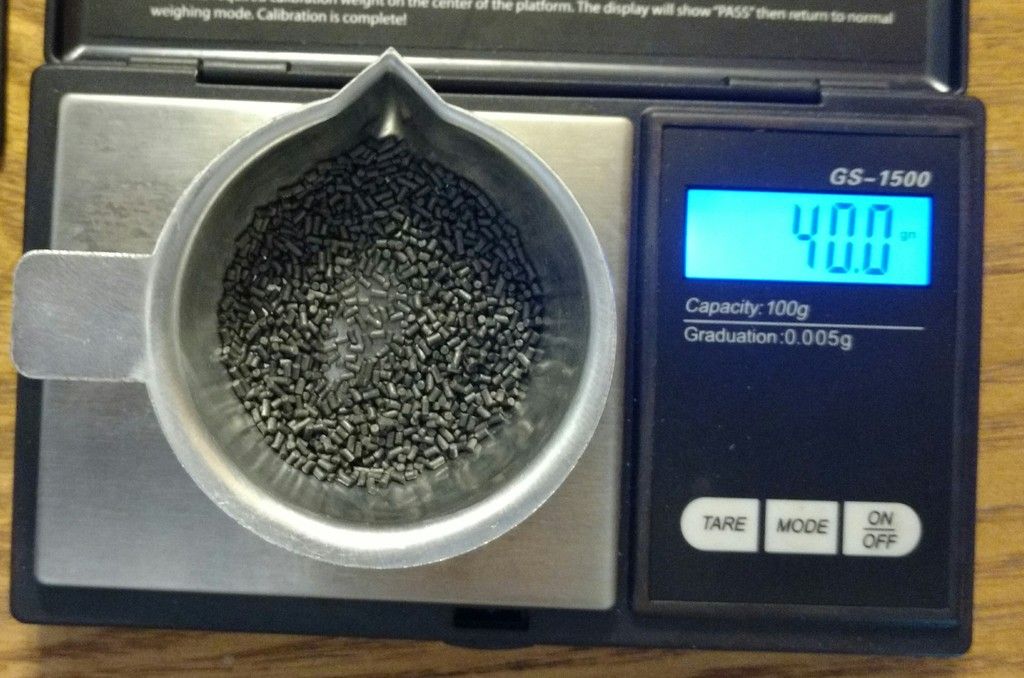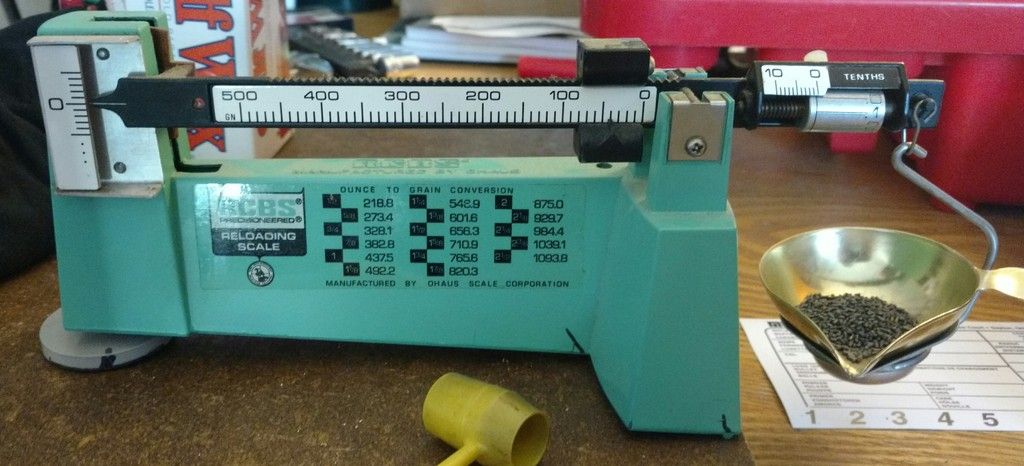Deleted
Deleted Member
Posts: 0
|
Post by Deleted on Feb 12, 2017 13:16:34 GMT -5
When it comes to reloading for best accuracy when your setting up for bench rest shooting what's is your procedure? What type of brass? What primers? What bullets? What powder? What scales? Dies? If you had to rate brass how would you rate it as far as best to worse? Right now I'm just starting as trying to use what I have. I have mixed brass Winchester Federal and something else don't remember. Around 400 brass though. I am using a Hornady digital reloading die but it's been compared to a RCBS Balance Beam. AKA Crack Scale 😀     I'm working with a 243 Remington SPS Varmint 26" Heavy Barrel. Just looking for suggestions |
|
|
|
Post by Richard on Feb 12, 2017 15:33:05 GMT -5
Chad..............There is soooooooooooooo much that can go into precision reloading that it would fill books to explain. It would all depend on to what lengths you want to go. What your expectation are, how are you are shooting. There are many many factors that go into a truly....precision, load! Each little procedure adds to the total package. Lapua brass would be one of the first components I would look to. Generally speaking their case and neck wall thicknesses are about the tops. The less the run-out in neck wall thickness, the more even your seating pressure will be. Mixed brass is a definite NO-NO! The only way that works to a degree is if you neck turn the brass...........and that is whole nother subject. For short range bench rest, the scales are not all that necessary...........for long range?.........definitely. A good powder measure is all the short range bench resters use. Neck sizing only is another way to increase accuracy. Concentricity of the bullet in relation to the cartridge is another............dealing with a factory chamber is not the route to precision accuracy. Matching your chamber dimensions to the actual cartridge is what you really want. If I could give you one piece of advice?      Get to a bench rest and talk with the shooters. Richard |
|
Deleted
Deleted Member
Posts: 0
|
Post by Deleted on Feb 13, 2017 10:28:43 GMT -5
Thanks Richard!!!
So for starters let's start with brass ---
When weighing brass what should you look for in weights. For example I weighed some Federal brass that was shot in my gun from beginning. I deprimmed them, sized them, chaffered them, then weighed them, and they weighed from 179.2-180. So what else do I look for?
|
|
|
|
Post by Richard on Feb 13, 2017 22:27:45 GMT -5
If your brass is within 8 tenths of a grain that would be exceptional. When I weight 100 pieces of Lapua brass, which is top shelf, they typically have a 2 grain spread. I will divide them into two piles and load each pile separately. Neck wall thickness (not measured with your caliper) as measured by a tubing micrometer in another factor in accuracy. If one side is thicker than the other, the seated bullet will not be in perfect alignment in the case. Primer pockets should be uniformed in depth. Cases trimmed to length. (weight cases after cases are trimmed to length and pockets uniformed). If primer holes are punched thru, there often is a bit of uneven brass protruding on the inside of the case. There is a "inside" chamfering to to remove this burr.
The thing is Chad...........when dealing with a factory rifle and chamber, you will probably not see any accuracy miracles occurring with these procedures. You have to first have a quality custom barrel and chamber to realize these potential accuracy enhancements. Along with these mods you have to also consider the type of action, trigger, stock, rest, scopes...........it goes on and on. It can get addicting. So, it depends on how much accuracy you want or need for your intended purpose? This is what separates the typical ground hog/prairie dog shooter from the competitive bench rest shooter.
|
|
|
|
Post by nippernut on Nov 25, 2017 10:01:18 GMT -5
in racing horsepower is expensive, in shooting accuracy is just as expensive
|
|
|
|
Post by smokelessk on Nov 25, 2017 13:17:13 GMT -5
A book that I greatly enjoyed reading on the subject is "Metallic Cartridge Handloading: Pursuit of the Perfect Cartridge" by Mic McPherson. It's been awhile since I've read it but I had to read it several times over. There's a lot of information contained in there.
|
|
|
|
Post by aldeerhunter on Nov 26, 2017 23:52:32 GMT -5
Great info.
|
|